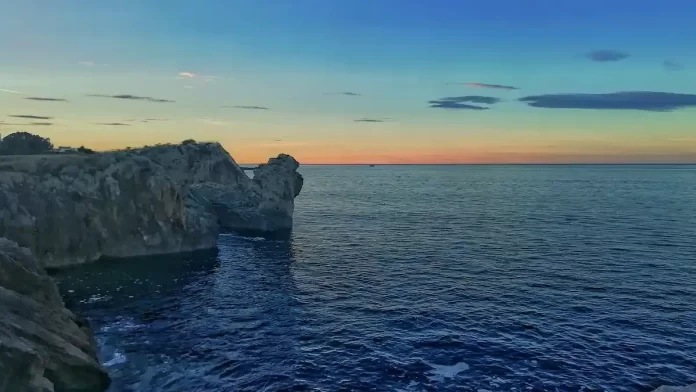In an attempt to understand the Monsoon Winds and other climatic factors and the ways in which these natural elements impacted, at different periods of history, the interactions between different countries in the Indian Ocean region, ‘Project Mausam’ was launched by the Ministry of Culture, Government of India at UNESCO’s 38th World Heritage Committee Meeting held at Doha, Qatar, in 2014.
Currently, the Project is being administered by the Archaeological Survey of India (ASI).
With the objective of promoting further research and broadening our understanding of this subject, the ASI organized a two-day National Conference at India Habitat Centre, New Delhi on 7th and 8th October, 2022.
Christened “Jaladhipurayatra: Exploring Cross- Cultural Linkages along the Indian Ocean Rim Countries”, the Conference incorporated manifold aspects of maritime exchanges and interactions.
The Inaugural Session of the Conference was inaugurated by Minister of State for Culture and Parliament Affairs, Shri Arjun Ram Meghwal, and Minister of State for Culture and External Affairs Smt. Meenaskashi Lekhi.
Shri Govind Mohan, Secretary, Ministry of Culture Govt of India and the ambassadors of several Indian Ocean Regional countries, currently stationed in Delhi participated in the conference.
Shri Janhwij Sharma, Additional Director General (World Heritage and Conservation), ASI, formally welcomed the dignitaries and the guests. Shri Govind Mohan’s interesting talk dealt with several little-known aspects of India’s economic history.
Addressing the audience, Smt. Meenaskashi Lekhi, stressed the need for unbiased research on several aspects of India’s economic and cultural relations with other lands.
In his address, Shri Arjun Ram Meghwal shared several interesting historical episodes pertaining to India’s contacts with other countries.
A brochure on the objectives and scope of Project Mausam with a brief outline of the maritime heritage of India and a catalogue of India’s World Heritage properties were released on the occasion.
The Conference consists of a Plenary Session followed by six Academic Sessions, each dealing with a particular aspect of India’s maritime interactions.
One session exclusively deals with issues relating to the World Heritage properties with special reference to identification of historical sites and structures located in different countries of the Indian Ocean region and exemplifying inter-country relations, thus qualifying for trans-national nomination for UNESCO World Heritage certification.
This was followed by a unique session in which the representatives and ambassadors of the different Indian Ocean region countries discussed different aspects of the region’s inter-country ties and trans- national nomination of important sites in the region for the World Heritage status.
On second day an interactive session with the distinguished Ambassadors of the Indian Ocean Rim Countries was organized, and was chaired by Smt. Meenakashi Lekhi, Minister of State for Culture and External Affairs, wherein, issues related to the Project Mausam were discussed with the Ambassadors particularly inter-country links pertaining to textiles, spices and spicy cuisine, architecture and other aspects of intangible cultural heritage.
Over twenty scholars from different parts of India participated in the Academic Sessions of the Conference.
These include meteorologists, archaeologists, historians and internationally-renowned experts in the fields of climate change, underwater explorations and intangible cultural heritage.
